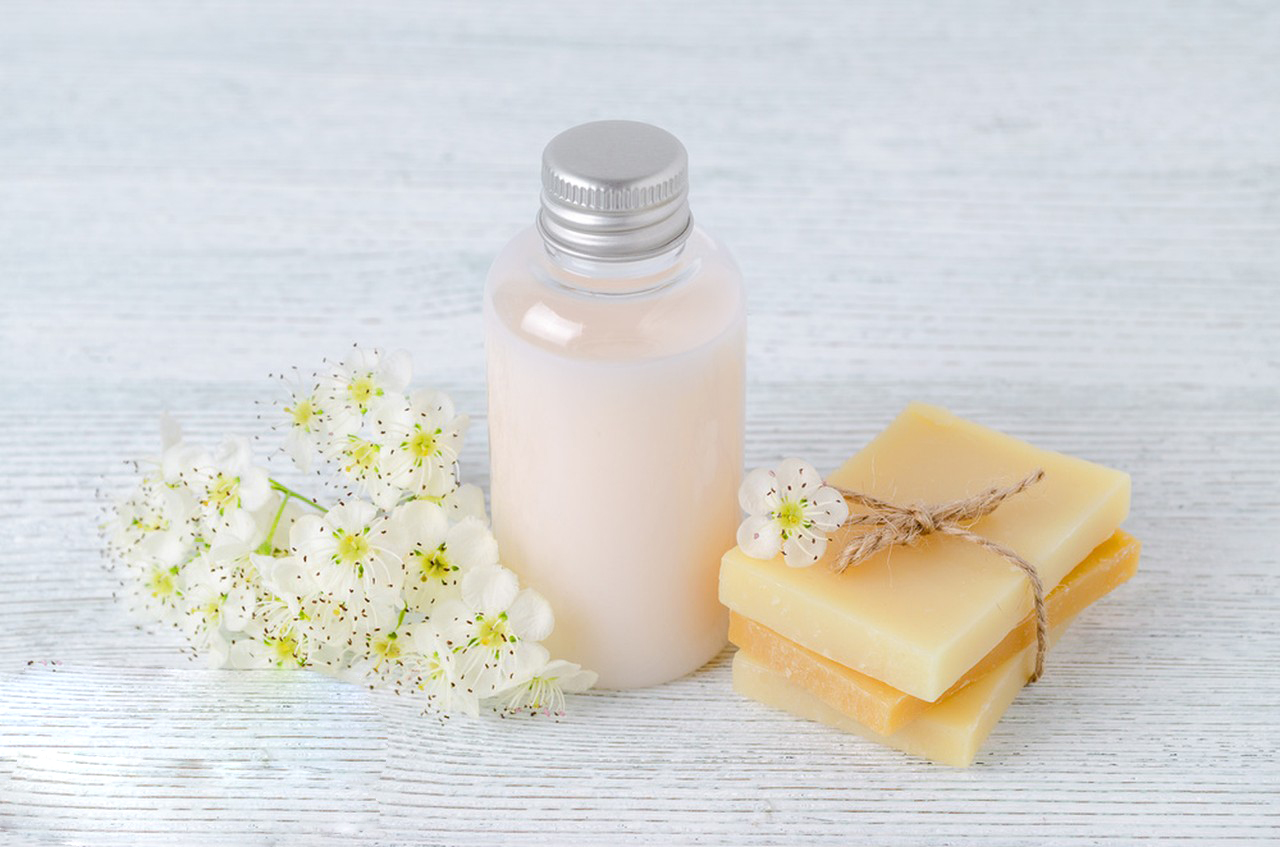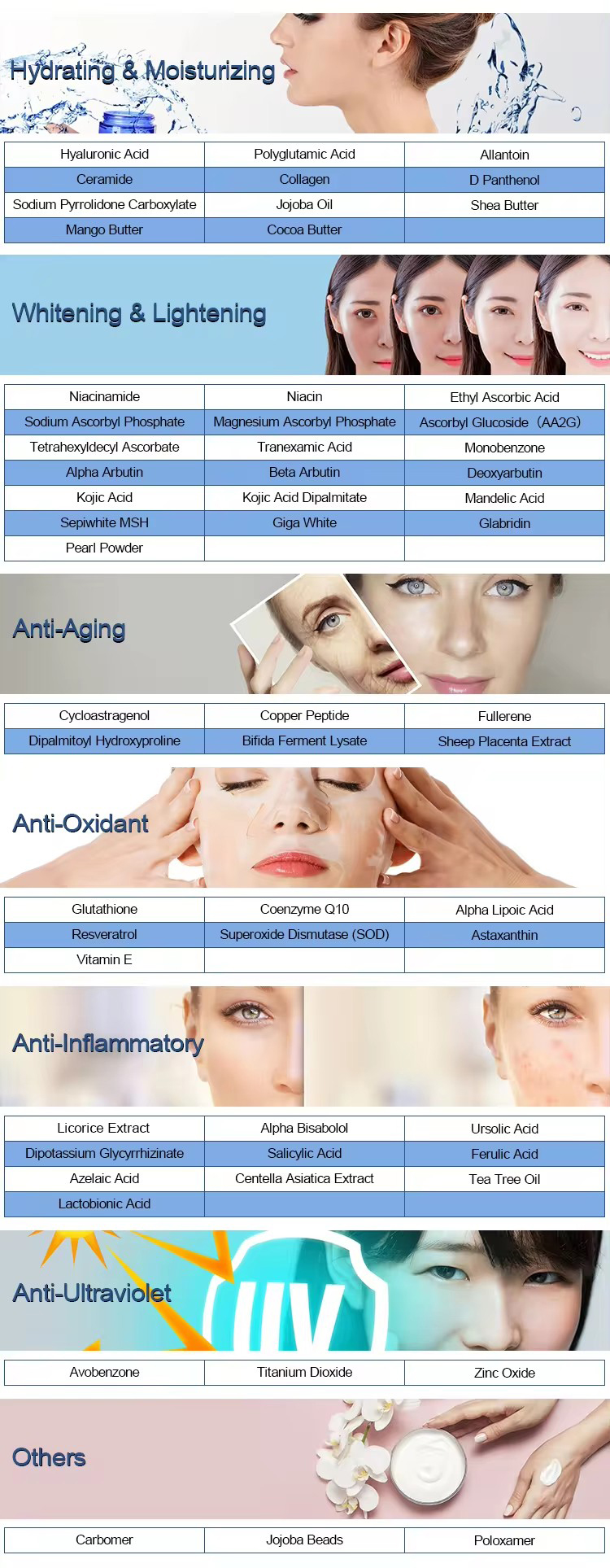Cocoyl Glutamic Acid, often referred to as Sodium Cocoyl Glutamate in its sodium salt form, is a surfactant derived from coconut oil and glutamic acid, an amino acid. It is commonly used in personal care products for its mild and effective cleansing properties. Here’s a comprehensive study covering its properties, uses, benefits, and safety:
Chemical Properties of Cocoyl Glutamic Acid
Chemical Formula: C18H35NO3 (for the acid form), C18H34NO3Na (for Sodium Cocoyl Glutamate)
Molecular Weight: Approximately 317.48 g/mol (acid form), 339.46 g/mol (sodium salt)
Appearance: White to off-white powder or paste
Solubility: Soluble in water, forming a clear solution
Production of Cocoyl Glutamic Acid
Cocoyl Glutamic Acid is produced through a condensation reaction between coconut fatty acids and glutamic acid, followed by neutralization with sodium hydroxide to form Sodium Cocoyl Glutamate.

Applications of Cocoyl Glutamic Acid
1.Personal Care Products:
Cleansers: Facial cleansers, body washes, and shampoos.
Soaps: Mild soaps for sensitive skin.
Baby Care: Baby shampoos and body washes due to its gentle nature.
Cosmetics: Make-up removers and facial masks.
2.Industrial Uses:
Used in some industrial cleaning products where mild and biodegradable surfactants are needed.
Benefits of Cocoyl Glutamic Acid
1.Mildness:
Gentle on the skin and eyes, making it suitable for sensitive skin and baby products.
2.Cleansing Efficiency:
Effective at removing dirt and oil without stripping the skin’s natural oils.
3.Foaming Properties:
Produces a creamy and stable foam, enhancing the sensory experience in cleansing products.
4.Biodegradability:
Environmentally friendly due to its biodegradability.
5.Compatibility:
Compatible with other surfactants and ingredients in personal care formulations.
Safety and Toxicity of Cocoyl Glutamic Acid
Dermal Irritation: Considered to be non-irritating and non-sensitizing to the skin.
Eye Irritation: Mild to moderate eye irritation potential, hence should be used in formulations designed to minimize contact with eyes.
Toxicity: Low acute toxicity.
Environmental Impact: Biodegradable and considered safe for aquatic life at concentrations used in personal care products.

Regulatory Status
Approved for use in personal care products by regulatory bodies such as the FDA and EU Cosmetics Regulation, with concentration limits typically defined by the specific product category.
Comparative Analysis with Other Surfactants
1.Versus Sodium Lauryl Sulfate (SLS):
Cocoyl Glutamic Acid is much milder, less irritating, and more suitable for sensitive skin.
2.Versus Cocamidopropyl Betaine:
Both are mild surfactants, but Cocoyl Glutamic Acid is often preferred in products targeting ultra-sensitive skin due to its even gentler nature.
Formulation Considerations
pH Stability: Works well within a pH range of 4 to 7.
Compatibility: Stable in formulations with other mild surfactants, conditioning agents, and actives.
Usage Levels: Typically used at concentrations ranging from 1% to 10% depending on the product type and desired properties.
Conclusion
Cocoyl Glutamic Acid and its salt form, Sodium Cocoyl Glutamate, are valued for their gentle cleansing properties, making them ideal for use in a wide range of personal care products. Their mildness, environmental benefits, and effective performance make them a popular choice in the formulation of products designed for sensitive skin and eco-conscious consumers. The safety profile further supports their widespread use, ensuring that products remain gentle yet effective.
